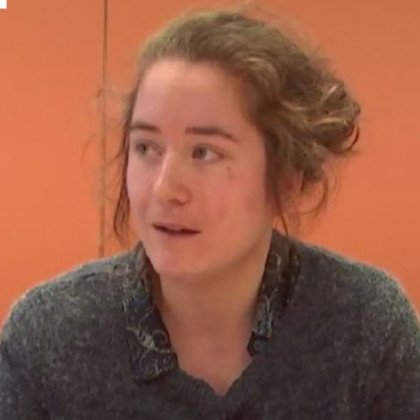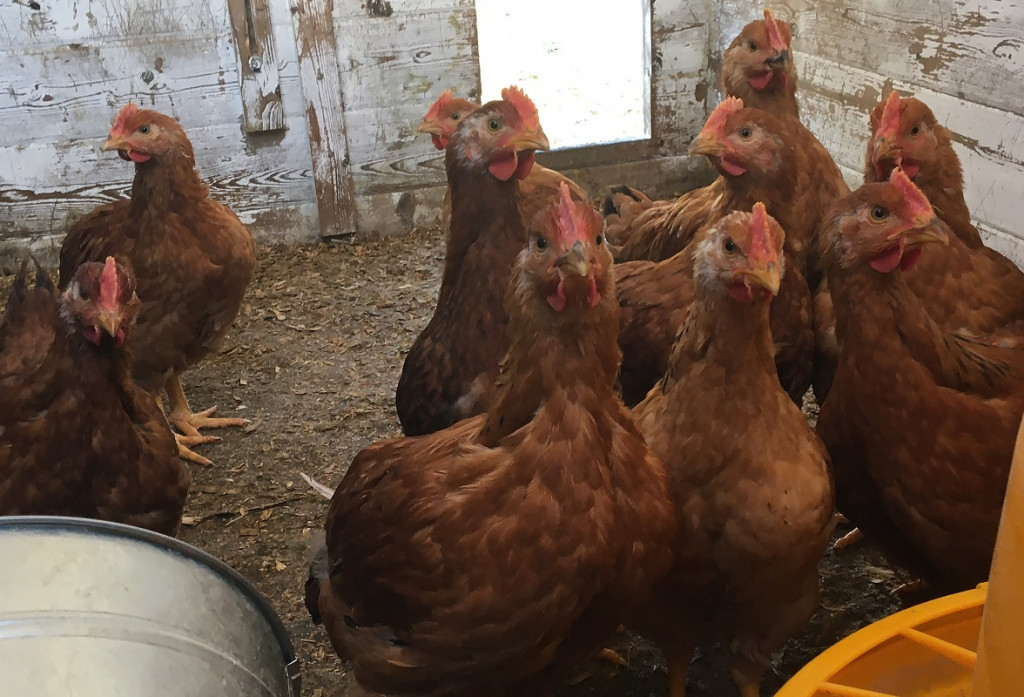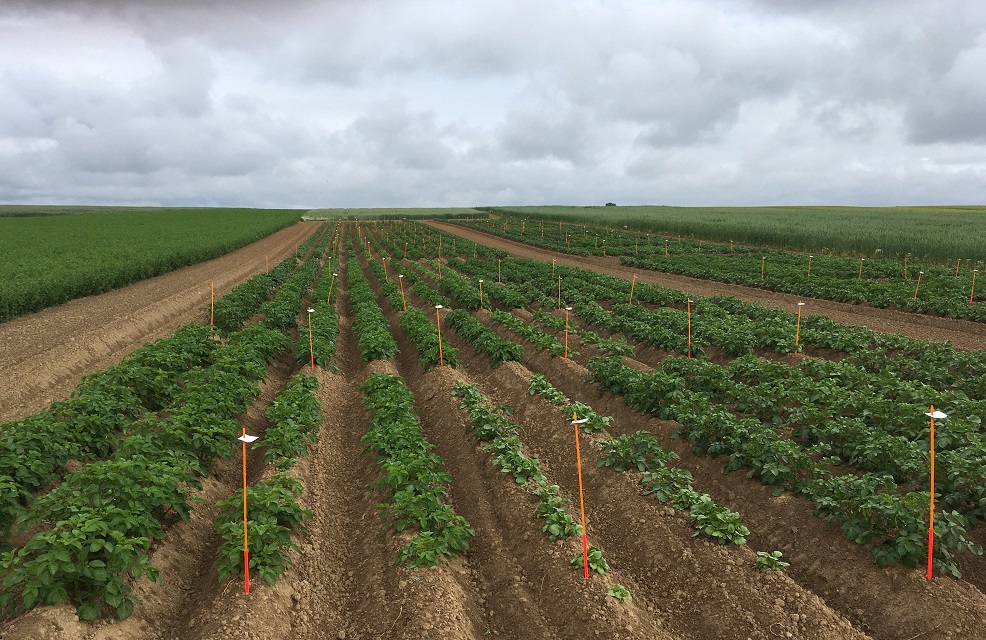This state of knowledge is based on an extensive scientific and technical bibliography and highlights the lessons learned from trials and the results of studies conducted during a 40-year career. It concerns all types of agriculture, both traditional and organic, although some sections pay particular attention to organic farming.
The first part of this document begins with a few references to the concept of physical and chemical fertility of soils, then goes on to detail the cycles of essential elements (C, N, P, S and K) and the biological fertility of soils.
The second part is dedicated to the characterisation of organic matter (OM): "classical" analysis, biochemical fractionation, organic matter stability index (SI), and the prospective mineralisation of carbon and nitrogen. This characterisation should enable the assessment and modelling (transition from laboratory to field) of the behaviour of these OM once embedded in the soil, and to predict their effectiveness by means of apparent recovery index (ARI), which reflect agronomic efficiency, and real use coefficients (CRU), which reflect physiological efficiency.
The third part describes the available OM: the residues and sub-products of crops, CIPAN intercropping and other types of intercrops, and farm fertilisers (manure and its composting, slurry, etc.).
The final section addresses the management of soil fertility and fertilisation, particularly in relation to organic farming. The importance of crop rotation, the introduction of legume crops and the use of farm fertilisers is emphasised before developing different strategies and case studies. This final section is largely based on the results of trials carried out at CRA-W, within Walloon facilities centres (Agra-Ost, UCLouvain, CPL-Végémar, CARAH, etc.), and elsewhere in Europe.















